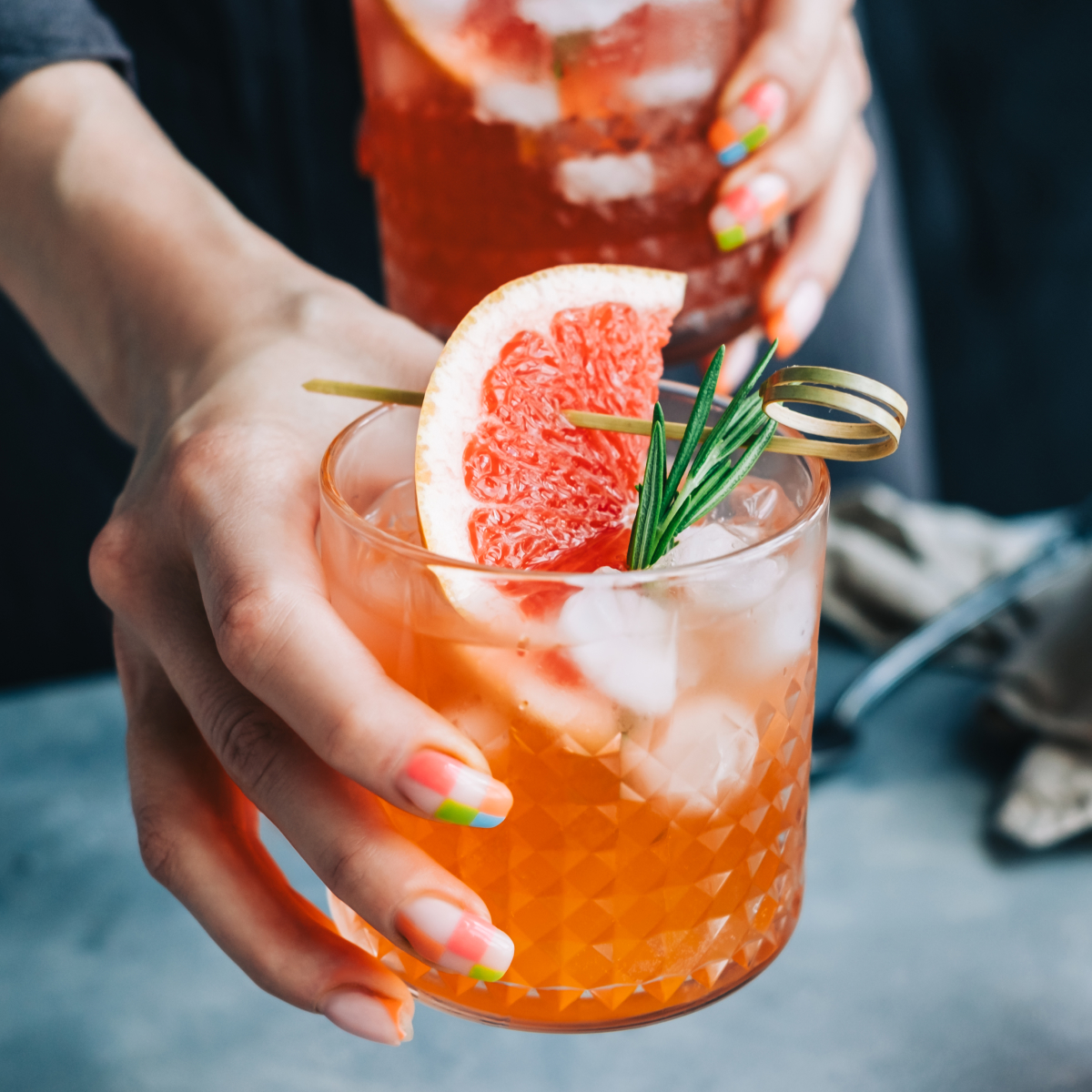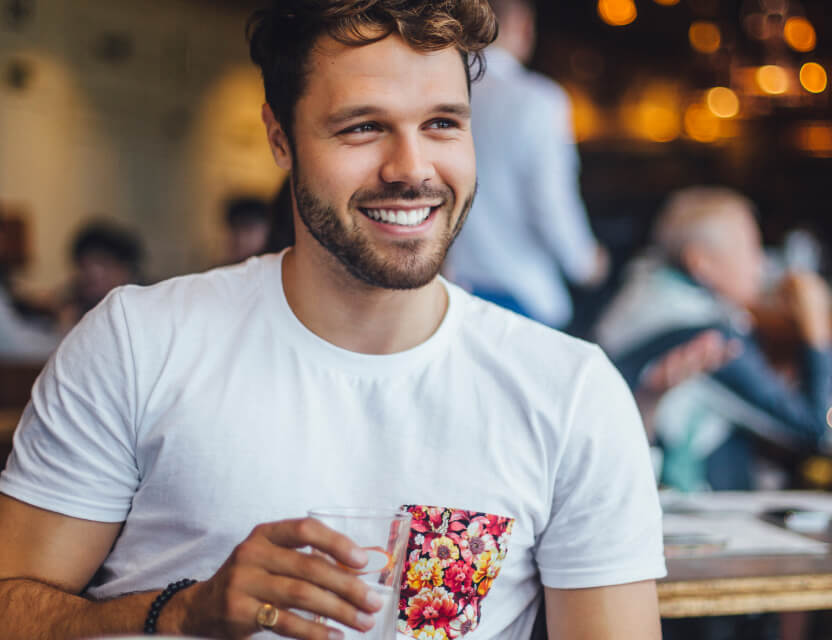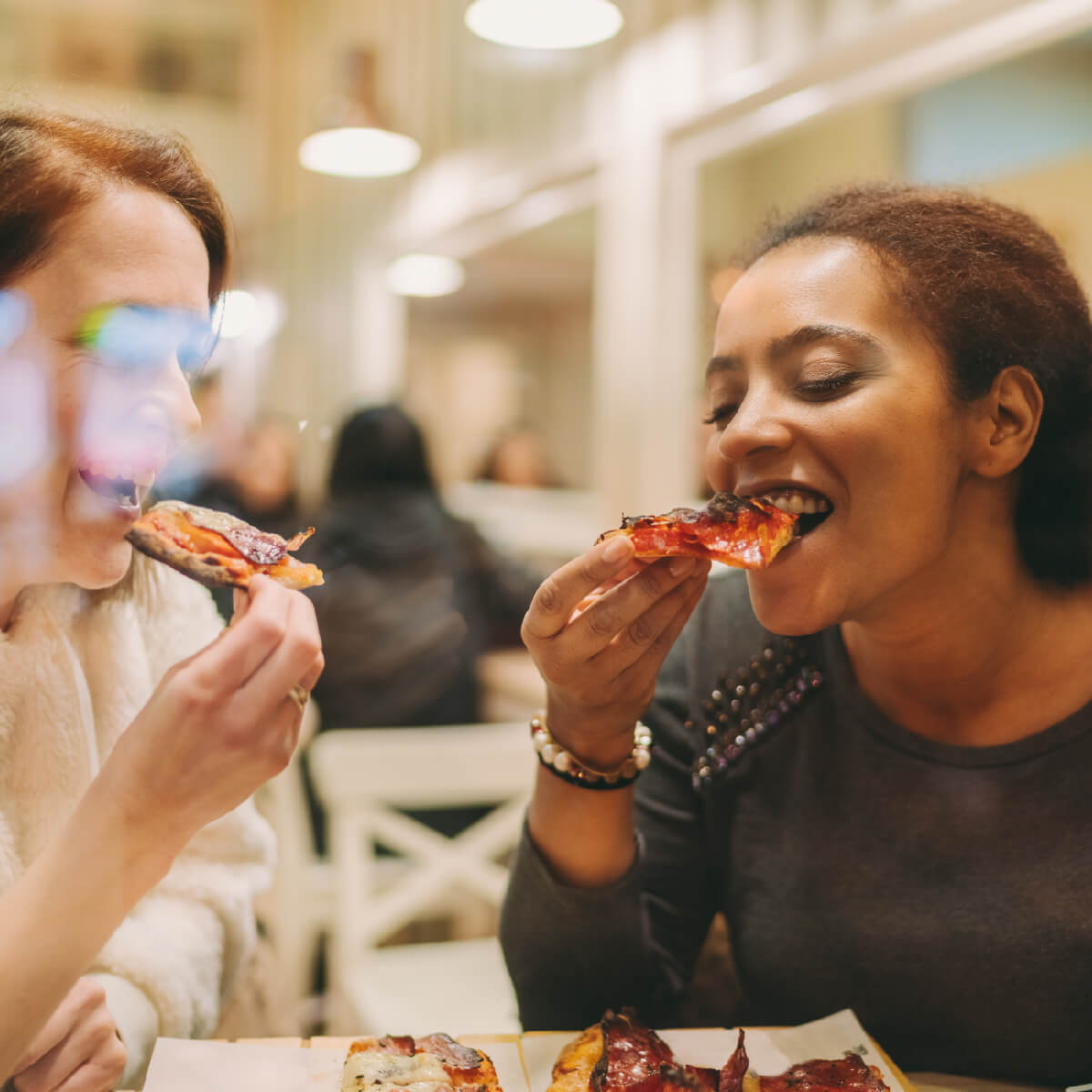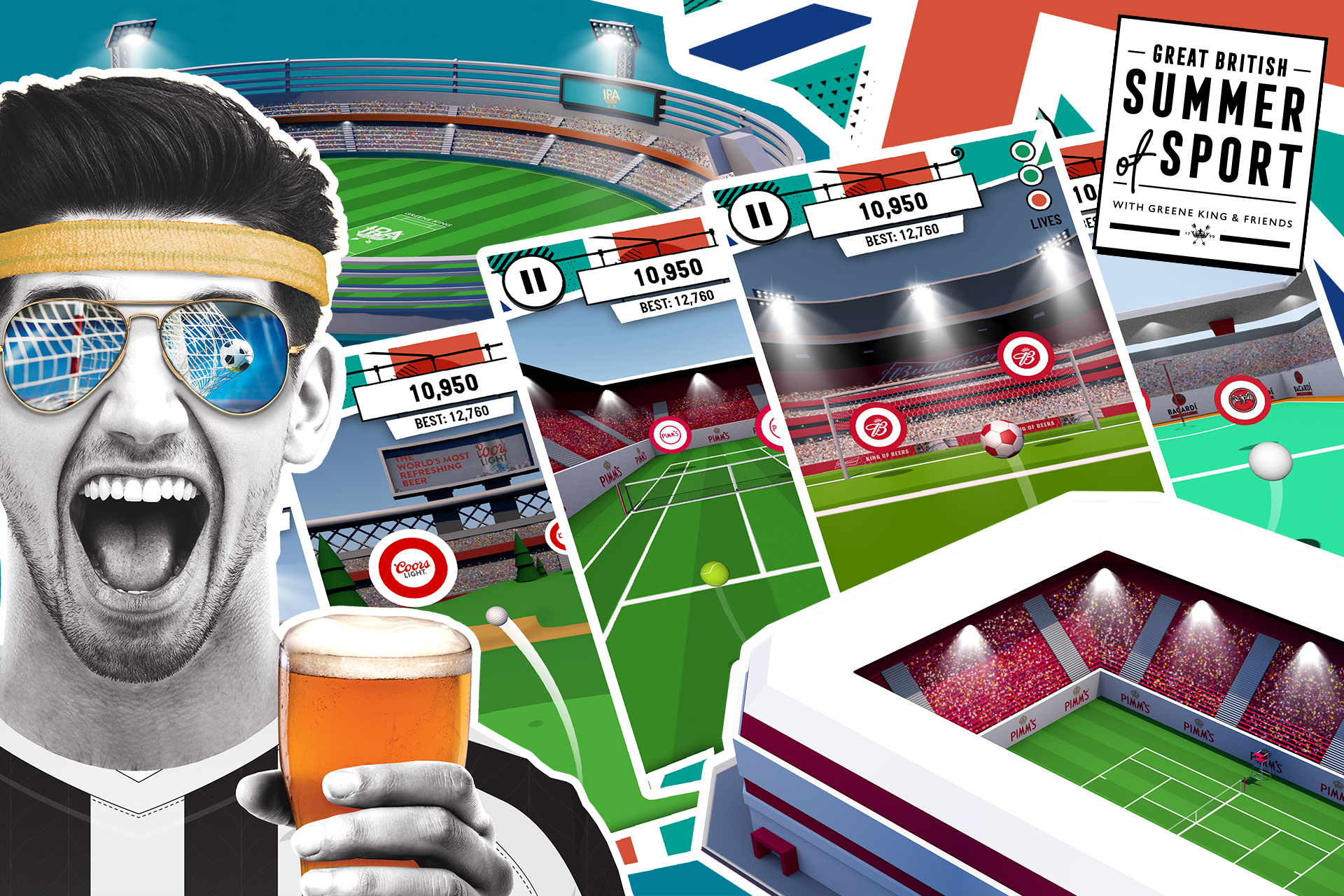The spirit market was shaken and stirred during the pandemic. Not only did consumer behaviour change, but how spirit brands engaged their new audiences also shifted. But what’s different? And how do alcohol brands connect with today’s market? Keep reading as we discuss the hottest trends—starting with the cocktail revolution.
Vive la cocktail revolution
When bars, clubs and pubs shut their doors, many people turned to cocktail-making as a fun Saturday night alternative. In fact, a 2020 Bacardi survey showed that 20% of UK consumers hosted their own cocktail parties at home during lockdown restrictions.
Fast forward to today, and the cocktail revolution shows no signs of slowing. The same Bacardi survey reported that 75% of people in the US, and 30% in the UK, are planning to drink more premium cocktails in 2022. Naturally, this has led to a spike in spirit sales, with whisky being the faster-growing spirit in the take-home market— shooting up by £154.4m, ahead of vodka, rum, and brandy.
Although vodka trails behind whiskey if 2021-2022 growth, it remains a popular player in the cocktail-making space, thanks to a rise in ready-to-drink (RTD) flavoured variations. But gin isn’t as fashionable as it once was, with its growth dropping from the triple figures seen in 2018-2019 to just £24.9m in 2021-2022.

Drinking digitally
The rise of ‘at-home’ mixologists has created the new ‘digital drinker’. These spirit-savvy consumers turn to the internet to help them create the perfect cocktail. What’s interesting is that 47% of these cocktail drinkers (according to CGA) continue to explore domestic mixology in the post-pandemic world, with a decent percentage of these dabbling with bold new flavours and new spirits.
This shows there’s a big opportunity to engage this audience by mixing the classic with the digital. In short, brands should think about bringing fun, immersive experiences to consumers virtually. A great example of this is from the scotch brand Johnnie Walker, who teamed up with Game of Thrones to release limited-edition bottles using AR functionality.
Building on the huge popularity of GoT at the time, this interactive push encouraged consumers to purchase limited edition bottles and submit their information to the mobile app. The AR function also allowed for a share function, with users taking short videos and sending them to friends.
Premiumisation
For obvious reasons, many consumers were able to save a few more pennies during the pandemic. It meant people were willing to spend more on premium spirits to enjoy at home. Today, this trend has slowed somewhat as people return to pre-pandemic habits; however, brands have still managed to win some new long-term customers.
This ongoing ‘premiumisation’ of spirits has helped lean into the ‘drink less, drink better’ trend, where we’re seeing younger consumers step away from heavy or binge drinks—instead opting for higher quality alcohol to drink more sparingly. This trend has fed through to on-trade, with 50% of bartenders globally reporting that customers are buying more premium drinks.
So, what do brands need to hone in on? Well, with an ongoing dedication to choosing premium spirits, younger audiences are paying more attention to flavour profiles and perceived exclusivity. They’re looking for a drink that they can appreciate and recommend to others.
Fancy mixing it with the best?
By now, you’ll have gathered how spirit brands must adapt to an ever-changing market. Take a look at some of our work in the hospitality and FMCG sector, and get in touch using the form below to discuss how our specialists can help grow and elevate your business.




